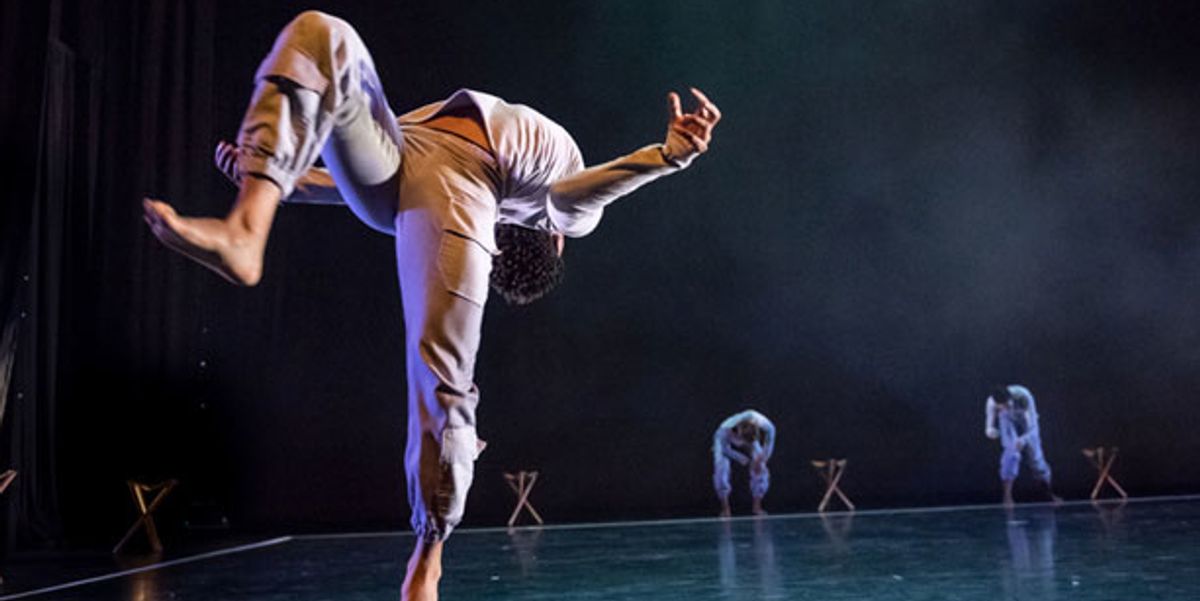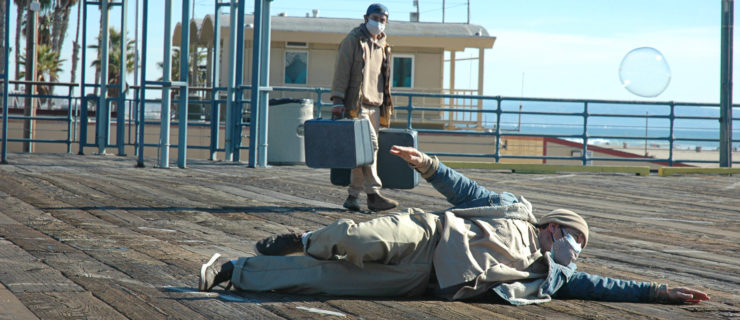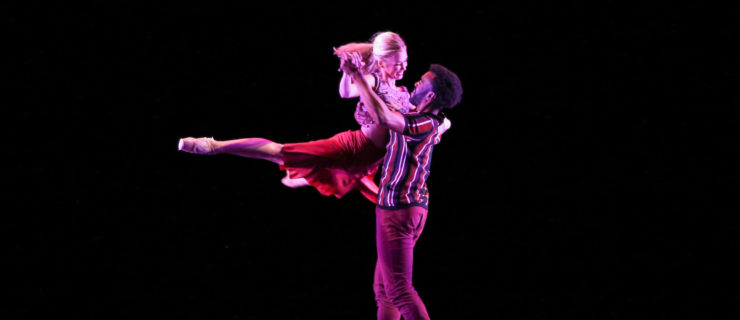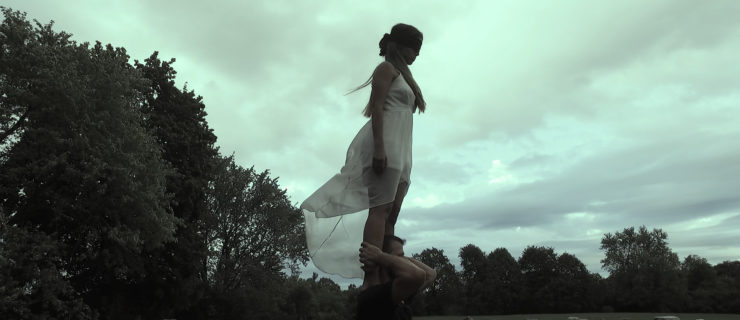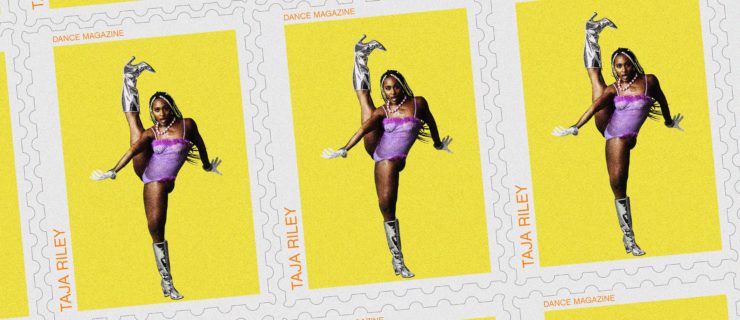Why Setting a Dance About Apartheid on American Dancers Makes Sense Right Now
When Kevin “Iega” Jeff saw Fana Tshabalala‘s Indumba at the annual JOMBA! Contemporary Dance Experience in South Africa, he immediately knew he would ask Tshabalala to set the work on his company.
“There’s an ancient energy in Fana’s movement, a deep and trusted knowing,” says Jeff, director of the Chicago-based Deeply Rooted Dance Theater. “Because I witnessed the raw humanity of his dancer’s souls, I wanted my dancers to have that experience.”
Indumba
refers to a hut used by Sangoma, or a traditional healer, in South Africa for healing and cleansing in a sacred place. Tshabalala had conducted research for the piece in Maputo, Mozambique, where he learned about cleansing rituals that took place after the civil war there. “Veterans were cleansed traditionally, because they believe they carried bad spirits that might affect the community,” he says.
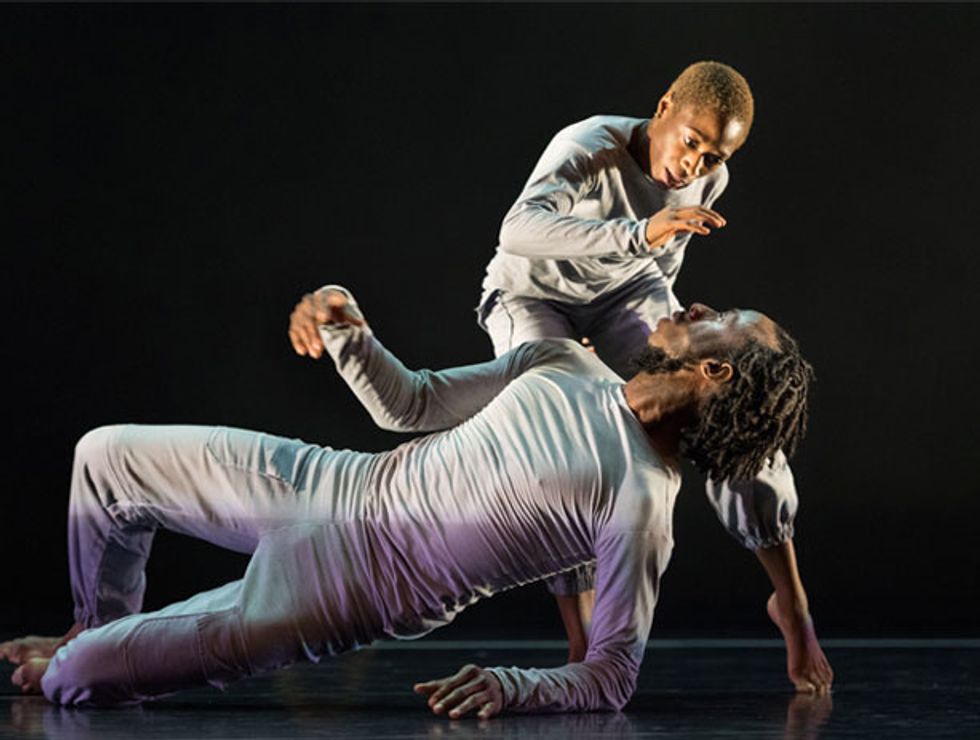
“Indumba could help in cleansing.” Photo by Ken Carl, via bam.org
He welcomed the chance to create an American-focused version for DRDT because he believes that “the impact of apartheid is the same as what America is experiencing internally…America is going through a social and political transformation and, Indumba could help in cleansing.”
Indumba
is intensely improvisational and is based on artists working together through movement and dialogue in “an open choreographic process” to create their own Indumba—their own sacred place to express their freedom and “to be different from the outside world,” says Tshabalala.
Working with the dancers of DRDT proved special in reckoning this charge. “It was a matter of giving them an opportunity to release what was inside through movement and putting that into an existing structure.”
To watch his African-American dancers work with Tshabalala’s South African dancers, Jeff says, “it felt like home.”
Indumba
runs at BAM Fisher in Brooklyn, New York, April 28 and 29.
